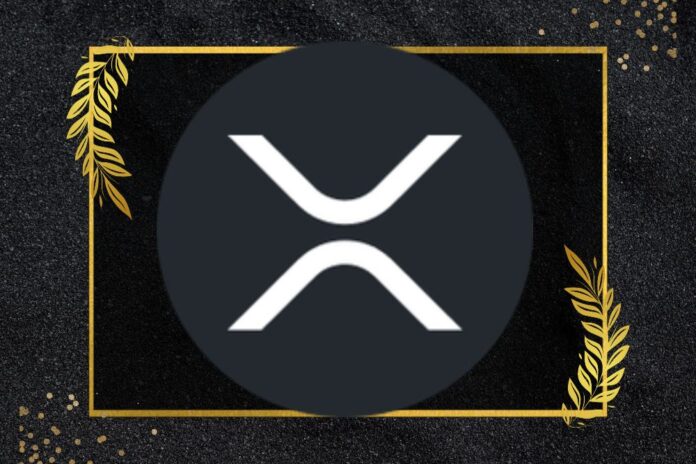In a recent article published on X, Versan Aljarrah the founder of Black Swan Capitalist points to a growing liquidity crisis that transcends politics or individual policymakers.
He emphasizes that this issue, exacerbated by mounting debt and spending levels in the U.S., is insufficiently discussed despite its alarming implications for the stability of financial markets.
The U.S. bond market, traditionally a bedrock of global finance, is under severe pressure due to unprecedented national debt and mismanaged interest rate policies by the Federal Reserve. He cautions that reduced liquidity leads to stalled financial transactions, an effect that threatens the entire financial system.
Aljarrah explains that this liquidity crunch impacts governments’ and institutions’ ability to manage debt and finance essential services.
As the U.S. bond market faces increasing stress, the consequences ripple through economies globally, yet the gravity of this issue is often overlooked in favor of sensationalist crypto narratives. For Aljarrah, the failure of the bond market would create a systemic shock affecting economic stability worldwide.
RLUSD and XRP: Addressing Immediate and Long-Term Financial Needs
In response to this crisis, Ripple’s RLUSD, a stablecoin solution, may provide governments and institutions with a means to manage debt by tokenizing it on the blockchain. This initiative allows more efficient debt issuance, Aljarrah explains, reducing some of the systemic risks tied to traditional debt instruments.
However, he emphasizes that while RLUSD could alleviate immediate pressures, it does not resolve the root issue of excessive debt and currency devaluation, which are structural weaknesses in the current financial model. Instead, RLUSD serves as a short-term measure for stabilizing financial markets in the face of impending liquidity shortages.
Aljarrah believes that XRP’s primary function is as a bridge asset, facilitating liquidity in an environment where traditional sources are drying up.
He stresses that Ripple’s strategic partnerships with major financial institutions enable XRP to bridge cross-border transactions in seconds, providing efficient solutions where conventional methods struggle.
Unlike fiat currencies, which can be printed indefinitely, XRP has a finite supply and a deflationary model, making it more suited to a liquidity-driven market.
We are on twitter, follow us to connect with us :- @TimesTabloid1
— TimesTabloid (@TimesTabloid1) July 15, 2023
Moving Beyond Speculation: Recognizing XRP’s True Purpose
Aljarrah also critiques the focus of the broader XRP community, which he contends often succumbs to sensationalism and overlooks XRP’s foundational utility in favor of superficial speculation.
He argues the community is preoccupied with hype and fear of missing out (FOMO) narratives fueled by influencers who often share cryptic messages or sensationalist content, detracting from a comprehensive understanding of XRP’s real-world applications.
For Aljarrah, XRP’s potential lies not in fulfilling short-term speculative interests but in providing solutions to fundamental issues within the global financial infrastructure.
The real value of XRP, he contends, is in its ability to offer liquidity as traditional systems falter. By bridging assets and enabling rapid settlements, XRP plays a central role in the transition toward a more sustainable financial network.
Consequently, Aljarrah concludes, that the market will ultimately reward assets that demonstrate real utility and scalability, positioning XRP as an indispensable element in the next generation of financial systems.
Disclaimer: This content is meant to inform and should not be considered financial advice. The views expressed in this article may include the author’s personal opinions and do not represent Times Tabloid’s opinion. Readers are urged to do in-depth research before making any investment decisions. Any action taken by the reader is strictly at their own risk. Times Tabloid is not responsible for any financial losses.
Follow us on Twitter, Facebook, Telegram, and Google News


